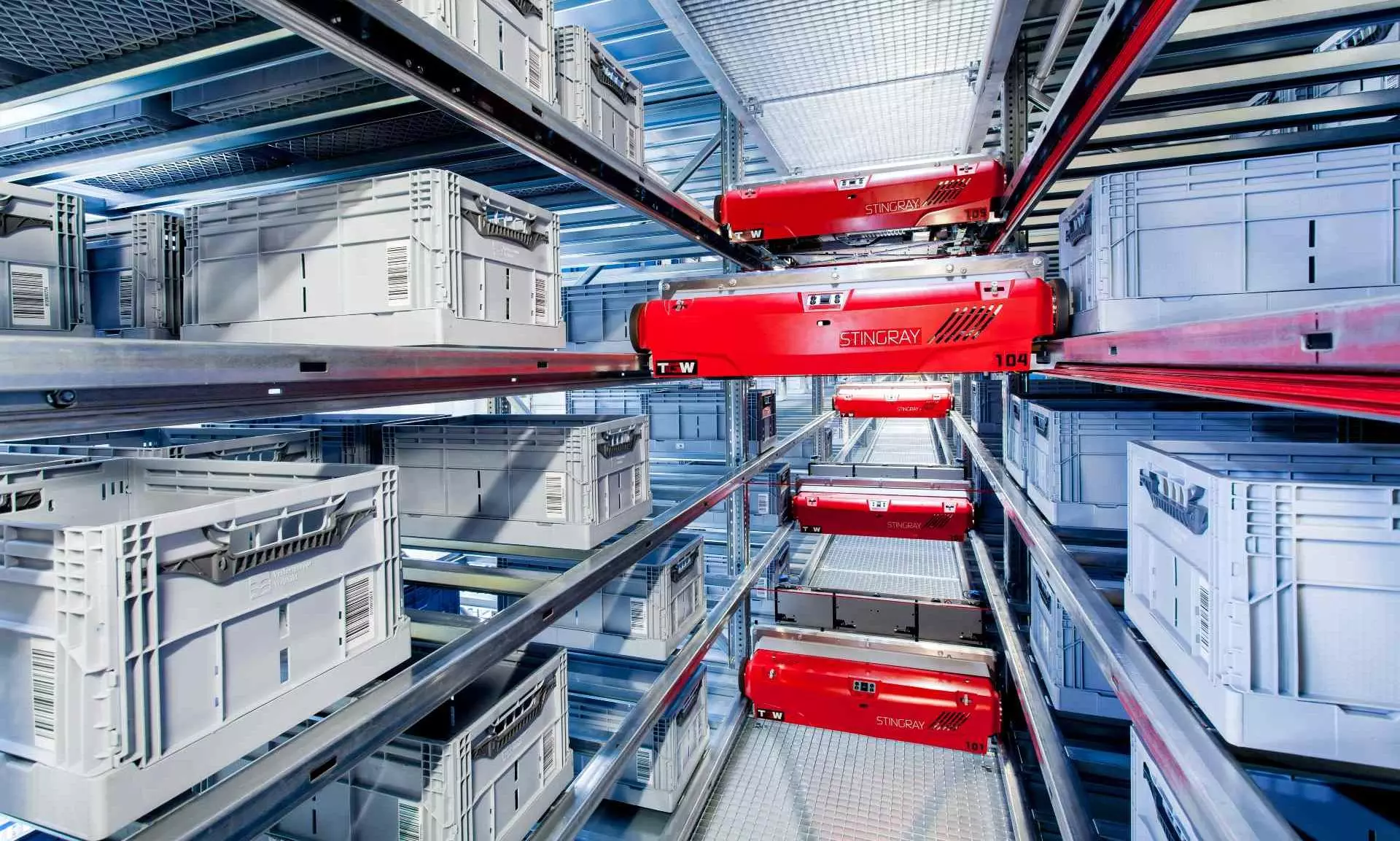Why enterprise-level automation of transport logistics is key
An offshoot of the disruptions has been the increased awareness of the need for automation and digitalization.

The Indian supply chain and logistics sector is one of the largest globally and is growing from $200 billion in early 2020 at a CAGR of 10.5 percent. However, the disruptions like pandemic and the Russia-Ukraine conflict have tested the resiliency of supply chains. Supply chain disruptions can no longer be treated as one-off events, with organizations scrambling to keep goods, funds, and information flow across the supply chain.
An offshoot of the disruptions, though, has been the increased awareness of the need for automation and digitalization in the logistics sector.
These disruptions have, on one side, affected the demand patterns due to the rapidly changing consumer preferences and on the other side, supply positions because of a substantial reduction in the vendor pool of a largely unorganized Transportation sector.
Digitalization of the supply chain has shown it can reduce cost and idle inventories while ensuring better product availability and thereby resulting in higher revenue. The visibility on the sourcing as well as the distribution side facilitates synchronization of production and inventory with consumption of the finished product by providing visibility of off-take rates at each leg of the chain.
Key technologies used in logistics automation
It was not long ago that the entire logistics sector ran on paper. Not only was it slow, but it also led to several errors. The logistics industry has moved on from the traditional processes and is looking forward to a tech-enabled logistics future.
Cloud computing is a crucial technological advancement that organizations across industries have started to embrace. Cloud technology helps companies manage large amounts of data and process it to get relevant information about their overall business. Such an approach is highly cost-effective for organizations, with the absence of upfront costs for hardware and maintenance being an additional benefit.
Cloud-based applications allow enterprises and other players in the ecosystem to have any time anywhere visibility and do not need any organization-specific infrastructure. Cloud technology allows for secure collaboration between all the stakeholders in the supply chain cycle. Collaborative-Execution makes all relevant data available to the relevant ecosystem players and has the potential to help improve productivity and reduce cost by as much as 20%.
Automation paving the way for logistics
The modern supply chain poses a host of new challenges for leaders to grapple with - a slew of disruptions and additionally the complexities posed by new distribution and sales channels add to the complexity of managing operations efficiently. There is an urgent need for improved purchase and distribution visibility, integrating new channels, and improving control over quality and speed of delivery thru' the supply chain.
For instance, enterprises have to manage multiple shipments at the same time. Handling all these transactions in traditional ways, by manually entering data etc. will often result in errors. These errors have financial consequences, including increased delivery costs, maintaining higher stocks than required and improper planning. But freight management software can help optimize the entire logistics process. Enterprises will no longer need to spend a lot of time fixing errors while at the same time making sure the goods are reaching the right customers in the optimal time.
Transforming supply chains
Cloud technology has completely transformed all the levels of supply chains, from planning and sourcing to logistics and distribution. Traditional supply chain management systems are very transactional compared to the cloud systems which in turn can drive unparalleled visibility and control and make supply chains flexible and resilient.
The ready availability of the data on inventory levels at each leg of the supply chain - on the distribution side as well as on the purchase side - inventory on the move and its availability as well as off-take / consumption rate at the sales and consumption point make it possible to optimize the entire chain while ensuring product availability matches up with off-take rate.
The way forward
Companies that are most likely to thrive in this rapidly evolving sector are those that have adopted digitalization. Collaborative execution and cloud computing are the future of the logistics industry. They can help in creating intelligent supply chains that can identify potential bottlenecks and circumvent them to prevent a problem from ever occurring.
With a tech-enabled supply chain, organizations can better allocate critical resources and have protocols and SoPs for their manufacturing facilities as well as field and office staff to continue operations to steer through the disruptions. Manufacturers and shippers are realizing that the best way to gain a competitive advantage is to adopt automation and other technological innovations in their logistics business functions. The results are to meet the new expectation of the digital future - improved responsiveness to changing customer demands and resilience in the face of disruptions.
The views and opinions expressed in this article are those of the author and do not necessarily reflect the views of Indian Transport & Logistics News.



